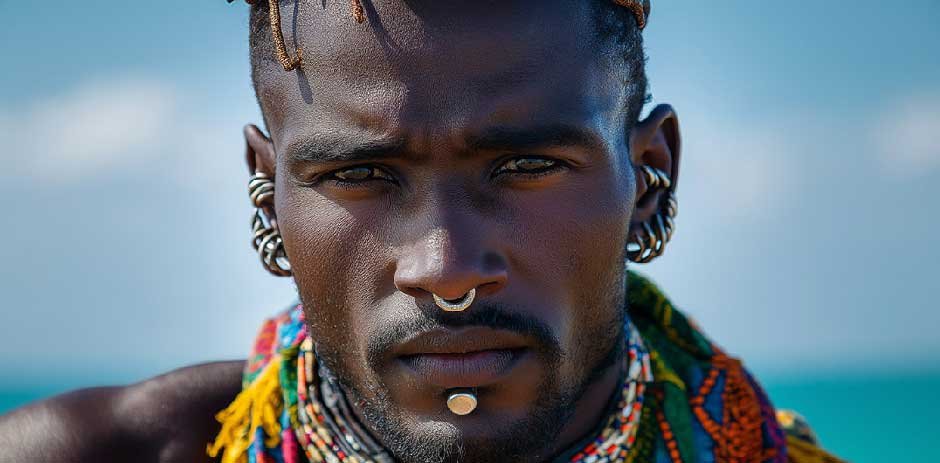Skip to the good bit
ToggleHave you ever thought about what makes people go to extremes when it comes to body art and jewelry? Could it be a way to tell a story of identity and a sense of cultural belonging or simply a transitive fad? Custom piercing jewelry seems to have found a special place in the hearts of those who live outside what we call “traditional civilization.” So today, we’ll discover the role of piercings in some exotic tribal cultures, especially, in African and Papua New Guinea communities, and see whether these adornments truly hold a special meaning.
Exploring the World’s Most Unusual and Ancient Ear Piercings
Ear piercings are probably among the least exotic varieties of all, but let’s focus on their most unusual kinds. The world’s oldest earrings have been found in modern Italy and date back over 5,000 years. Since then, earrings have spread far and wide and have been worn by representatives of almost all countries and tribes, but some of them did manage to take this decoration to extremes.
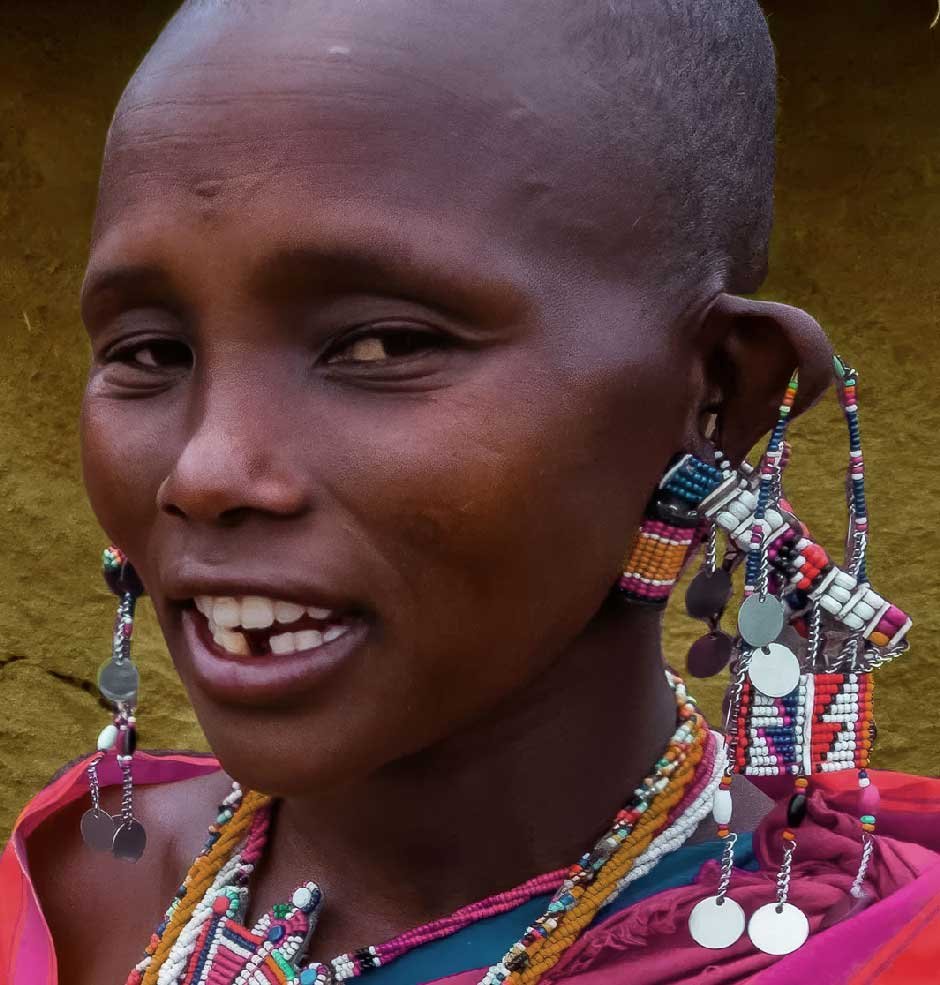
(The girl from the Maasai tribe)
Extreme Tribal Nose and Ear Piercing Traditions: Symbolism, Status, and Rituals
The Maasai people from Tanzania and Kenya wear dozens of ear piercings at the same time and stretch their earlobes beyond imaginable. Both men and women showcase their bead earrings which are unlike anything you would see in the West. Another tribe that prefers their ears stretched is the Karen people from Burma. They have two unique ways of stretching their earlobes: by inserting plugs or by using heavy personalized piercing jewelry. Interestingly, in some cultures, it was believed that evil spirits could enter a person’s body through the ear, that’s why they used this type of jewelry to keep those entities at bay.
Septum piercings are an important part of African jewelry traditions, especially in the Bundi tribe. When a young man comes of age, the elder of the tribe uses a sharp bat bone and a sweet potato to perform the piercing ritual. Some Alaskan and Native American peoples used nasal septum piercings too, especially Incas, Mayans, and Aztecs. Nowadays, the Cuna tribe from Panama continues to follow this tradition. Nepalese people may choose to wear a bulak – a super heavy septum piece that needs to be lifted every time they have a meal.
Nostril variety is especially popular in Beja and Berber African tribes where this type of piercing represents a wearer’s status in society. In their culture, once the man is married, he needs to give his adornment to his wife as some kind of financial guarantee if the marriage fails. On the contrary, in some other African tribes, nostril piercings are a part of women’s dowries. To many of us, this might seem outdated but don’t forget that you can wear gorgeous custom piercing jewelry made by Olertis or any other jewelry company without needing to subscribe to a particular belief system.
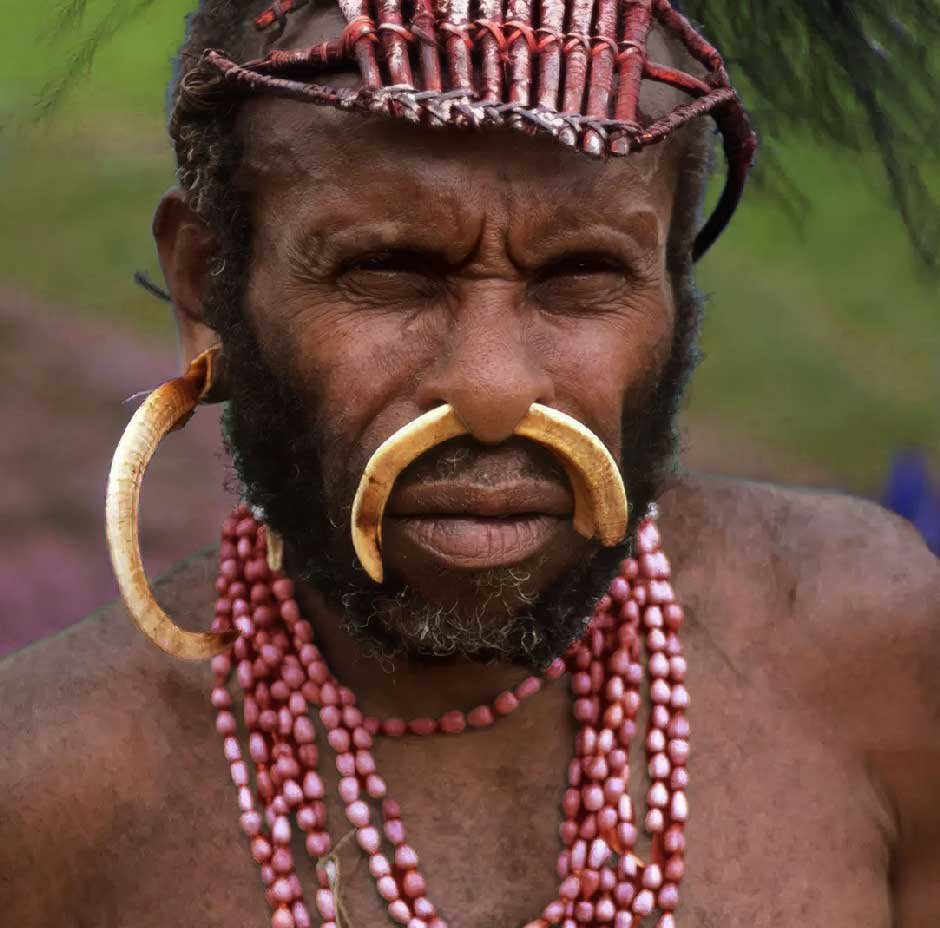
(A man from the Asmat tribe, Papua New Guinea)
In Papua New Guinea, one can find all kinds of nasal piercings featuring extraordinary jewelry. The Asmat tribe uses incredibly large tusk-like piercings to highlight their masculinity and intimidate members of other groups. Irian Jaya tribes like to wear an inch-long pig bone plug in their septums called otsj, which is sometimes made from the bones of dead enemies. In general, septum and nostril piercings are a sign of fertility and abundance among many New Guinea men. By the way, apart from metal jewelry, their tribal piercings are commonly adorned with ivory, bone, feathers, shells, and fish vertebrae.
Lip Piercing Traditions: Mursi, Surma, and Beyond
Lip piercing jewelry is a little more rare in tribal cultures but is still sometimes found in Africa. For example, women of the Mursi and Surma tribes are known for wearing wooden stretchers in their lips. When a young girl reaches adulthood, her lower lip is cut and held with a special plug until it’s fully healed. The woman then wears a circular plate in her lip for special events like serving food or a wedding but is allowed to take it off once her husband passes away. In the past, lip-piercing traditions were maintained by the Makonde people from Mozambique and the Sara tribe of Chad, however, these customs seem to be forgotten now.
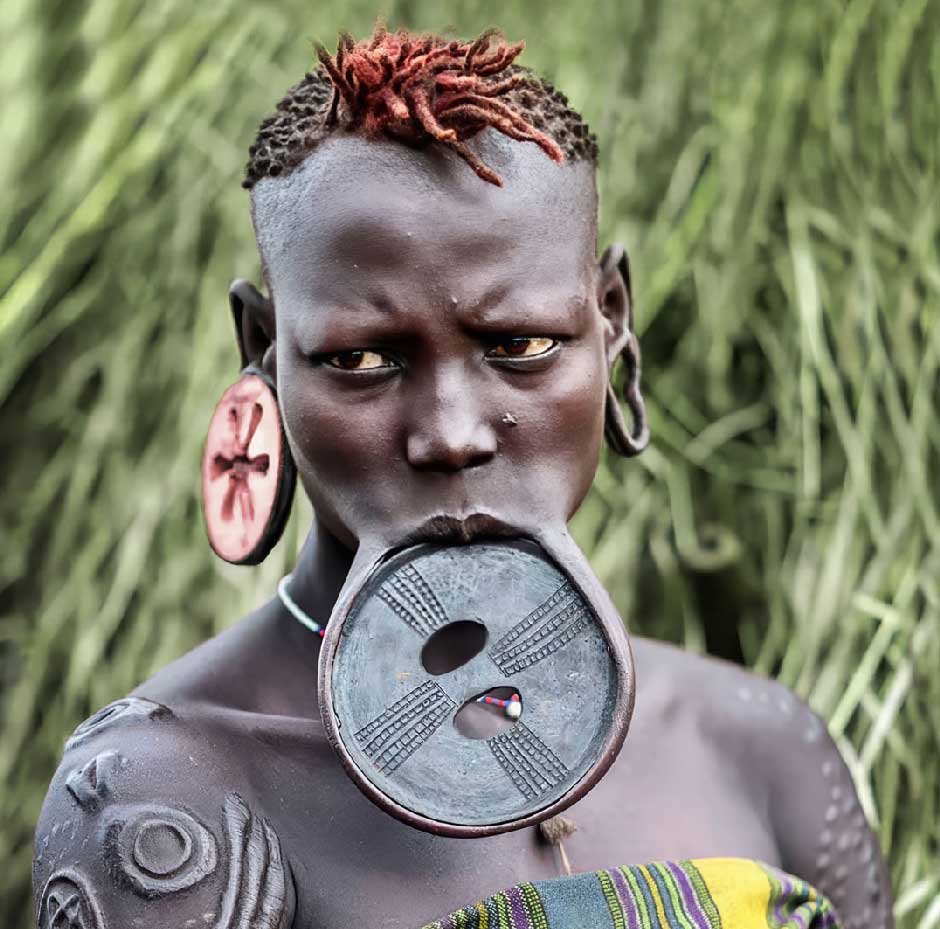
(Girl from the Mursi tribe)
Unique and Symbolic Piercing Practices: From Whiskers to Rituals
Whiskers piercings by South American natives involve piercing both lips and nostrils. They feature long spikes and do look like real whiskers. Another spiked jewelry involves piercing cheeks and is practiced by people from Thailand at traditional vegetarian fests. The number of spikes and their size may vary depending on the community. Luckily, such an adornment is not meant to stay and is typically removed after the festival so that the wounds can properly heal.
Nipple, genital, and umbilical piercings are less common than all the previous varieties. It is known that the Dayak tribe from Borneo uses genital piercings in order to decrease libido, while ancient Gupta people from India used it to increase it. Custom nipple rings were popular among ancient Roman military men as well as some sailors.
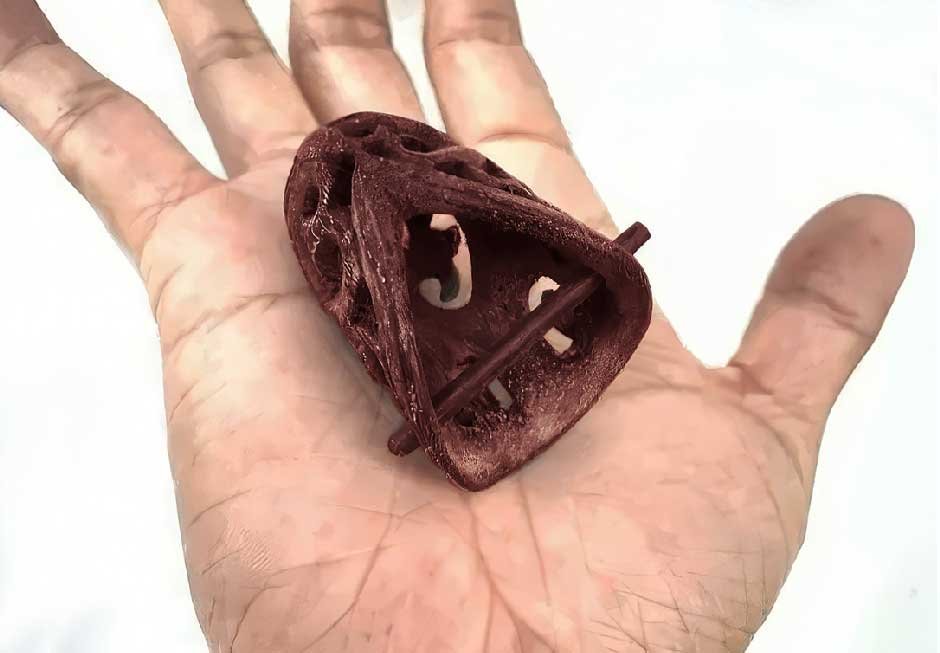
(Genital piercing adornment of the Dayak tribe)
As you’ve probably noticed, in many cultures, inserting piercings is associated with life events, special ceremonies, or simply coming of age. Whether you become an adult, get married, or acquire a specific social standing – all of that most likely would be seen in your piercings. So in the end, custom body jewelry does more than just beautify, as these pieces weave centuries’ worth of history, spiritual depth, and cultural identity together into a human body.

